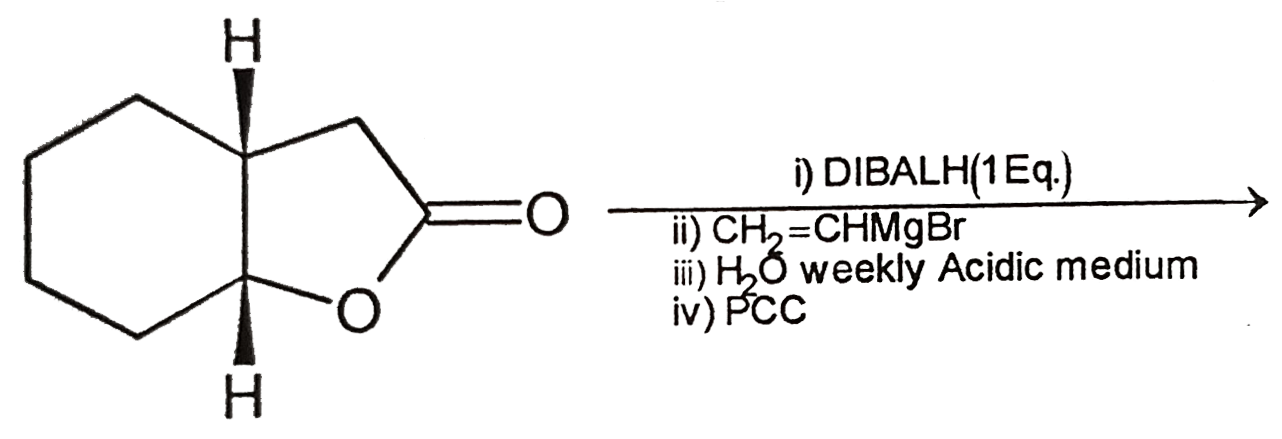Which of the Following is a Polyester ?
Dacron
Polyethene
Teflon
DNA
To determine which of the given options is a polyester, we need to understand the structure and characteristics of polyesters.
1. Understanding Polyesters:
- Polyesters are a type of polymer that contains ester linkages in their structure. An ester linkage is formed when a carboxylic acid reacts with an alcohol, resulting in the elimination of water.
- The general structure of an ester can be represented as RCOOR', where R and R' are hydrocarbon chains or groups.
2. Identifying the Monomers:
- The common monomers used to create polyesters include diols (like ethylene glycol) and dicarboxylic acids (like terephthalic acid).
- For example, ethylene glycol has the formula HO-CH2-CH2-OH, and terephthalic acid has the formula HOOC-C6H4-COOH.
3. Formation of Polyester:
- When ethylene glycol reacts with terephthalic acid, the resulting polymer is known as "Dacron" or "polyethylene terephthalate (PET)".
- The reaction involves the formation of ester linkages, resulting in a long chain polymer.
4. Analyzing Other Options:
- Polythene: Made from the polymerization of ethylene (C2H4), it does not contain ester linkages and is not a polyester.
- Teflon: Made from tetrafluoroethylene (CF2=CF2), it also does not have ester linkages and is not a polyester.
- DNA: While it is a polymer, it is not a polyester; it consists of nucleotides linked by phosphodiester bonds, not ester linkages.
5. Conclusion:
- Among the options provided, the correct answer is "Dacron" (or "polyethylene terephthalate"), which is a polyester due to the presence of ester linkages formed from ethylene glycol and terephthalic acid.
Final Answer:
The correct option is Dacron (or polyethylene terephthalate), which is a polyester.
---
- Polyesters are a type of polymer that contains ester linkages in their structure. An ester linkage is formed when a carboxylic acid reacts with an alcohol, resulting in the elimination of water.
- The general structure of an ester can be represented as RCOOR', where R and R' are hydrocarbon chains or groups.
- The common monomers used to create polyesters include diols (like ethylene glycol) and dicarboxylic acids (like terephthalic acid).
- For example, ethylene glycol has the formula HO-CH2-CH2-OH, and terephthalic acid has the formula HOOC-C6H4-COOH.
- When ethylene glycol reacts with terephthalic acid, the resulting polymer is known as "Dacron" or "polyethylene terephthalate (PET)".
- The reaction involves the formation of ester linkages, resulting in a long chain polymer.
- Polythene: Made from the polymerization of ethylene (C2H4), it does not contain ester linkages and is not a polyester.
- Teflon: Made from tetrafluoroethylene (CF2=CF2), it also does not have ester linkages and is not a polyester.
- DNA: While it is a polymer, it is not a polyester; it consists of nucleotides linked by phosphodiester bonds, not ester linkages.
- Among the options provided, the correct answer is "Dacron" (or "polyethylene terephthalate"), which is a polyester due to the presence of ester linkages formed from ethylene glycol and terephthalic acid.
The correct option is Dacron (or polyethylene terephthalate), which is a polyester.
Topper's Solved these Questions
Similar Questions
Knowledge Check
Which among the following is a polyester?
ATeflonBPVCCNylon 6, 6DTeryleneWhich of the following are polyester polymers?
ABakeliteBDacronCGlyptal resinsDNylon5which of the following is not ?
AGelatin solBSilver solCSulphur solDAs2S3 sol
Which among the following is not a polyester ?
View SolutionWhich of the following is least basic among the following compounds?
View SolutionWhich of the following is not followed in Remedial teaching?
View SolutionWhich of the following is/are not the products in the following reaction?

View SolutionWhich of the following is man made fibre?
(i) Silk (ii) Polyester (iii) Nylon (iv) Wool
View Solution
